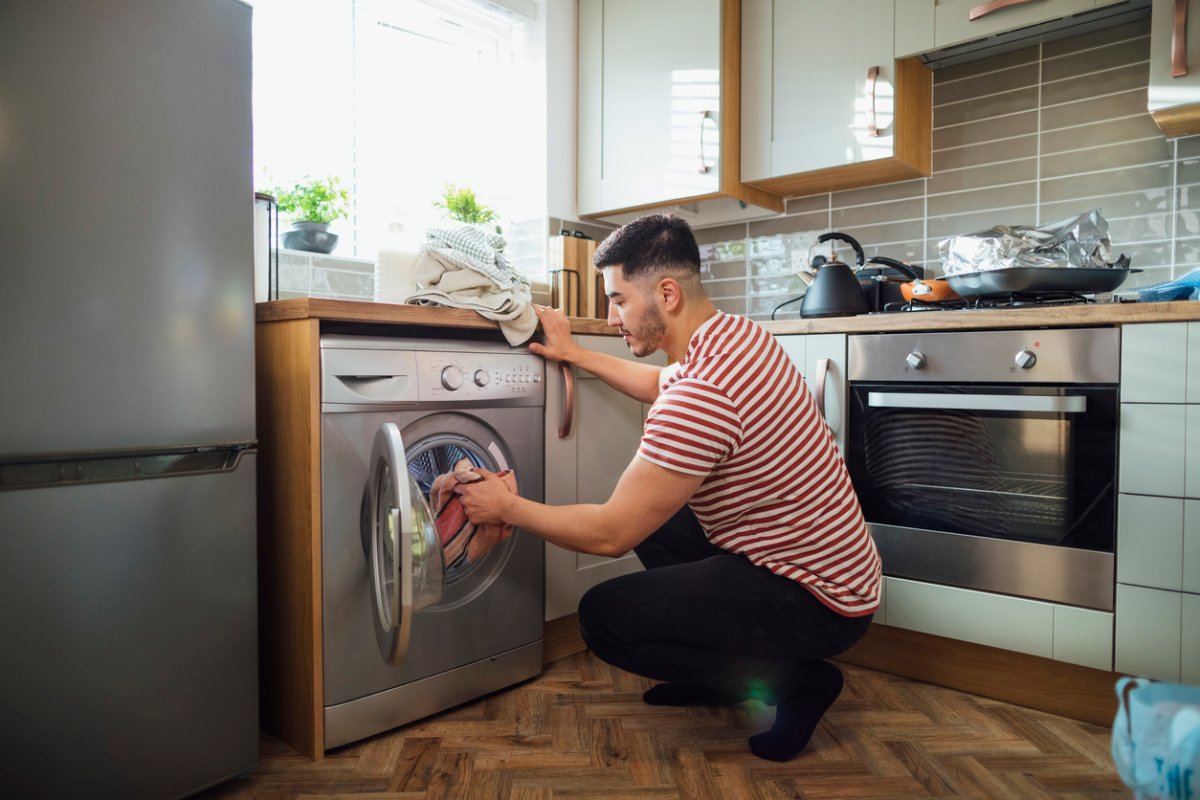

We may earn revenue from the products available on this page and participate in affiliate programs. Learn More ›
Home appliances make our lives easier by washing our clothes, helping us cook meals, heating and cooling our homes, and providing us with our daily coffee fix. As much as we may rely on energy efficient appliances to help us fulfill everyday household needs, they need a little TLC in return every now and then to ensure they continue to run efficiently.
Ahead, find out some of the best ways to maintain the most used appliances in your home, so you can avoid costly repairs or replacements.
Keep those fridge coils clean.
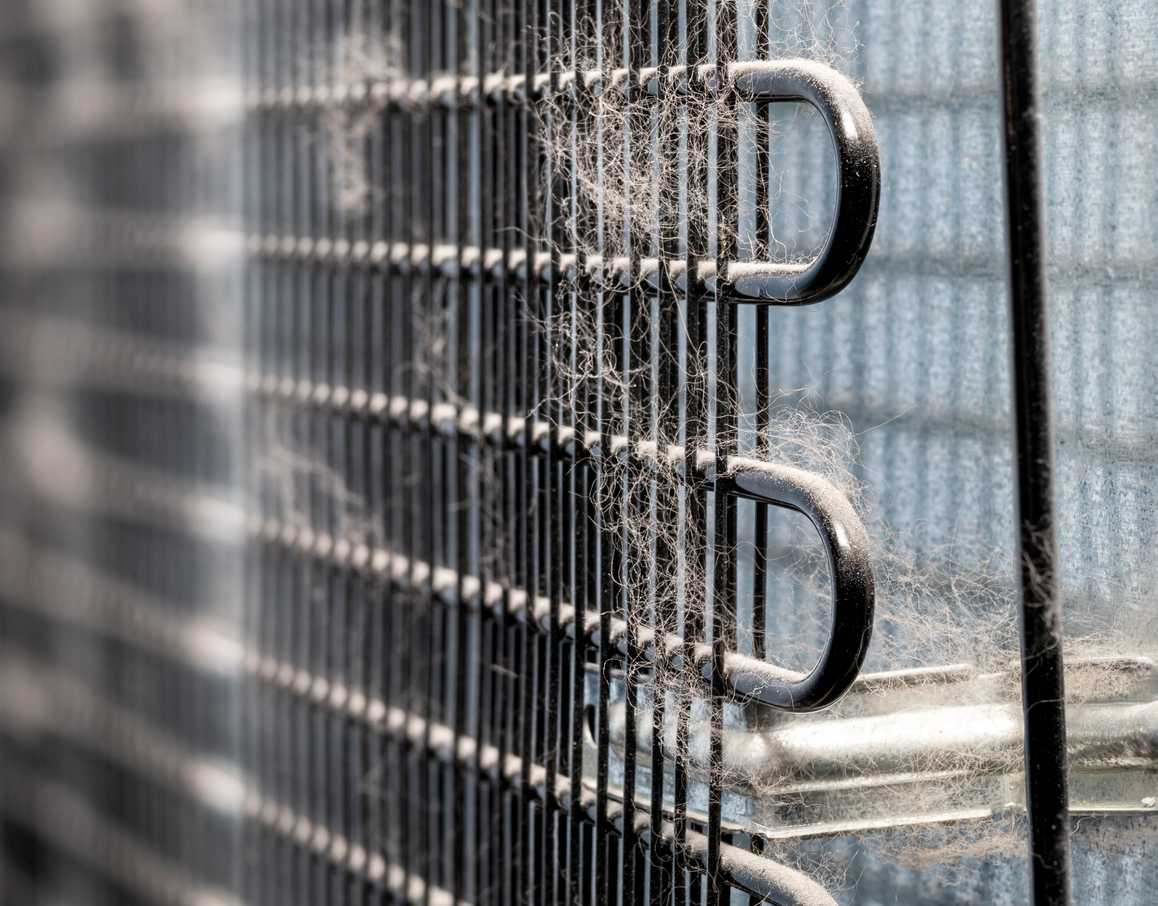
While keeping a refrigerator well organized is crucial to ensuring it cools its contents evenly, if you want to extend its life, look no further than the condenser coils. These coils, which can be found either under the fridge behind a plastic grate or on the fridge’s backside, are responsible for cooling and condensing the refrigerant.
When they become inundated with dust, hair, and other debris, they lose their ability to release heat, forcing the refrigerator’s condenser to work harder to cool the interior. Keep refrigerator coils clean by vacuuming them once a year using a soft brush attachment.
Don’t overload your washer.
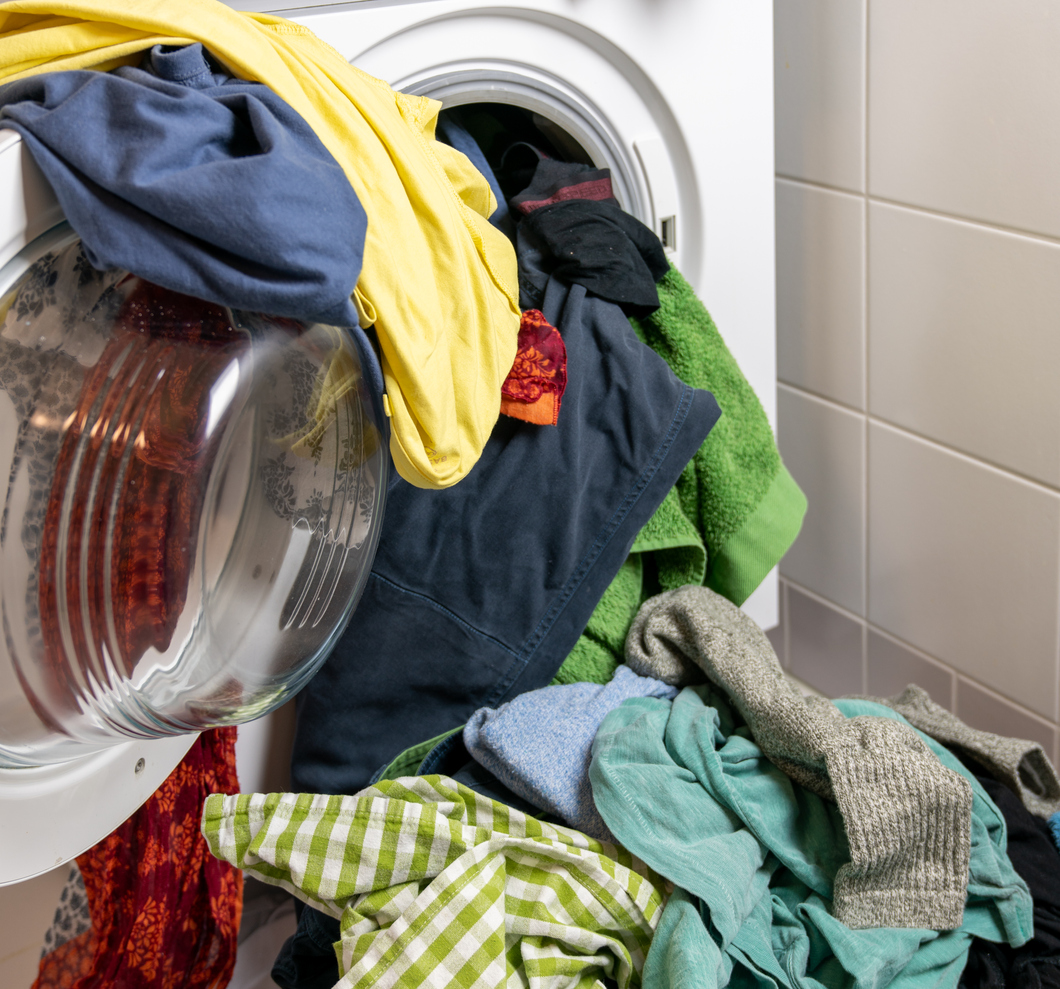
A few minor precautions is all your washing machine needs to keep your wardrobe clean for many years to come. For starters, resist the temptation to overload it as doing so will force the motor to work harder. On the flip side, avoid partial loads, as they can throw the washing machine off balance, putting a strain on its drive.
Go light on the detergent as too many suds can strain the washer. And circumvent any mold problems, especially with front-load washing machines, by removing damp clothes promptly and leaving the lid (or door) open to dry out its interior.
Delint your dryer.
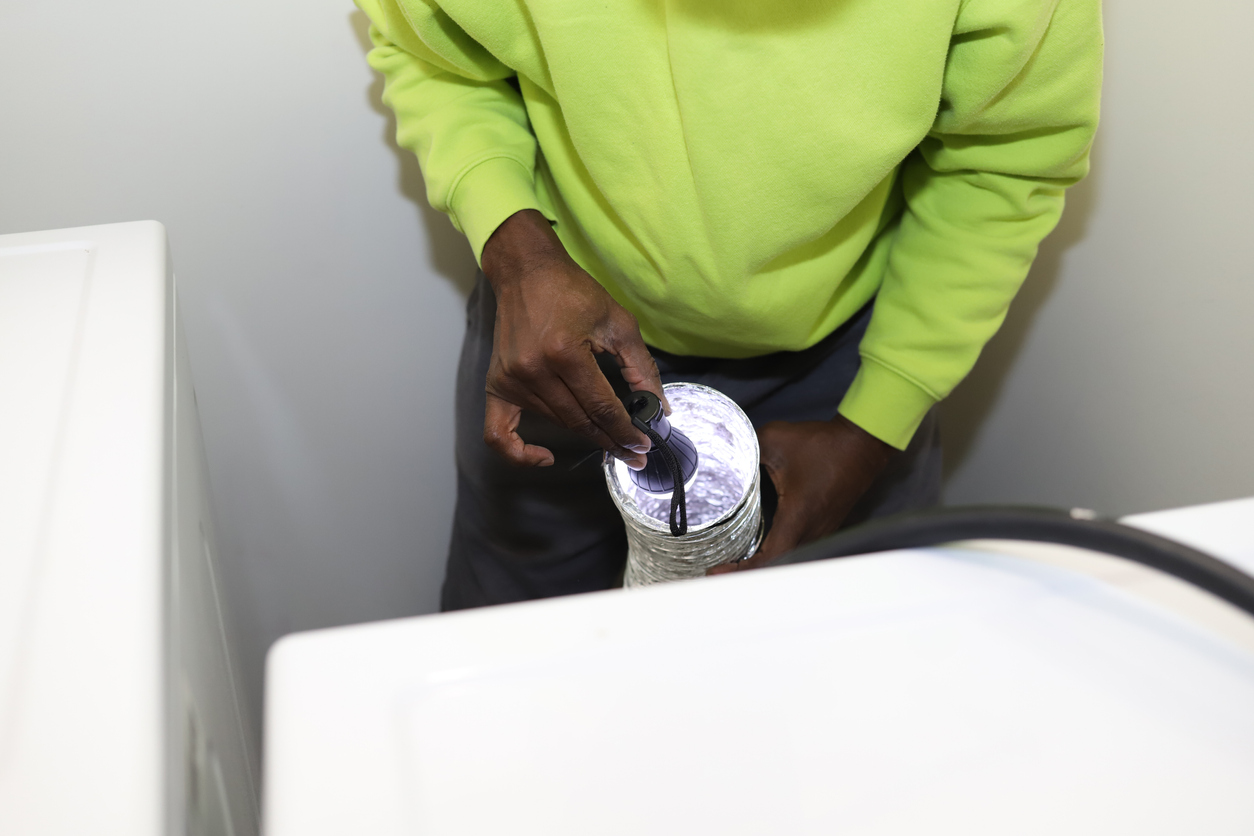
While cleaning a year’s worth of laundry lint out of a dryer vent may not be your idea of a fun afternoon, this once-a-year chore isn’t one to skip. A clogged exhaust vent forces your dryer to work harder to dry your clothes, straining its motor and shortening its life. What’s more, a build-up of dryer lint also creates a fire hazard.
Pull the dryer away from the wall, then disconnect the vent. Remove any built-up lint from the dryer vent and hose then reconnect it.
Yes, your dishwasher has a filter.

Many people don’t know there is a filter at the bottom of their dishwasher that should be cleaned about once every 6 months. Fail to do so and prepare to face a nasty smell, cloudy glassware, and a less efficient dishwasher.
Slide the bottom rack out to expose the round filter then turn it counterclockwise to remove it. Rinse it in the sink and reinstall. You can also extend your dishwasher’s lifespan by pre-rinsing dishes and only running full loads.
Spills can kill your range/oven.
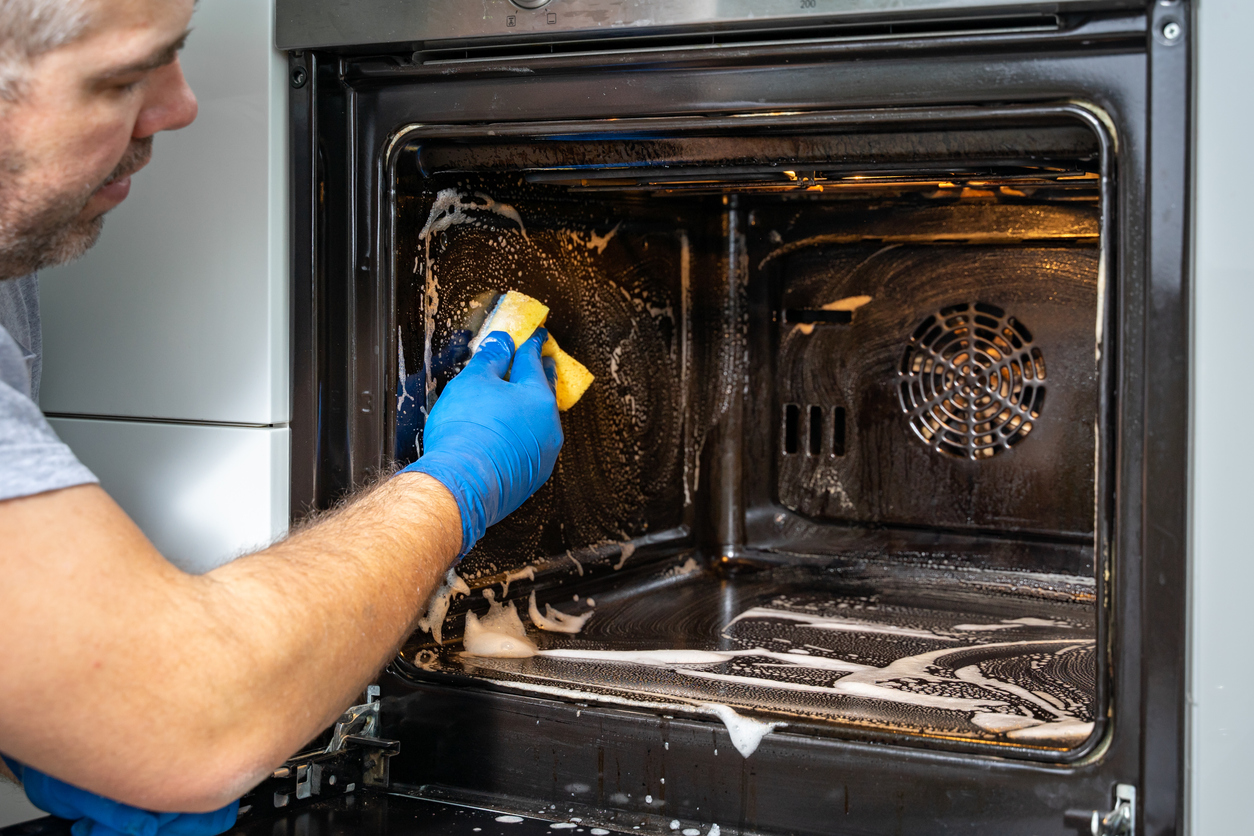
The workhorse of your kitchen, the range/oven, sees a lot of use and takes a beating in the form of spills, heavy cookware, and extreme heat. The best way to repay the heart of your kitchen is to keep it clean.
Clean up spills promptly as they may become nearly impossible to remove once burned onto the cooktop. If your oven has a self-cleaning feature, use it every few months to prevent charred food from building up on the oven walls.
De-dust your dehumidifier.
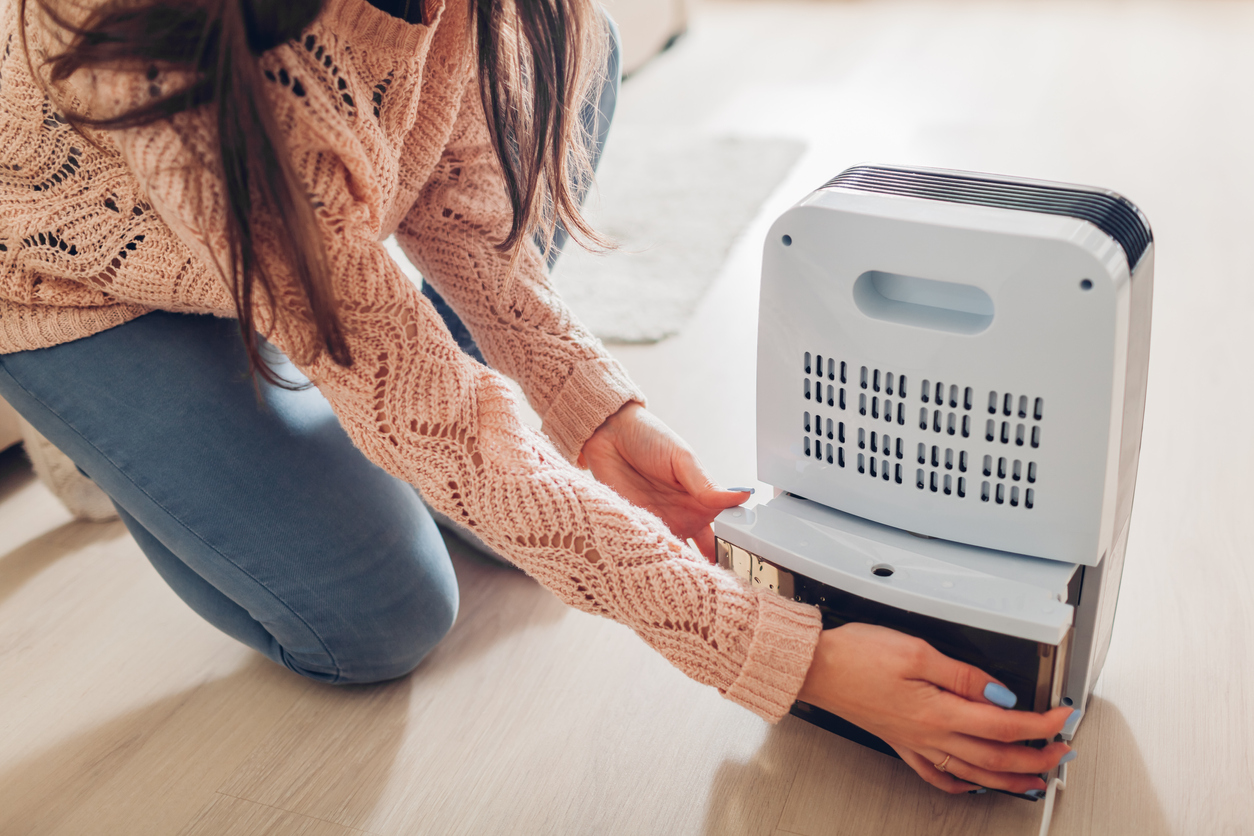
As with other appliances that warm or cool air, part of getting the most out of your dehumidifier is ensuring there is good airflow around it by not blocking its intake or outlet. The filter also needs to be replaced or cleaned every few months if you’re regularly using it.
Dehumidifiers also have coils that cool the air in order to remove moisture from it. Since these coils can become clogged with dust, hair, and debris, clean them once a year to ensure the dehumidifier works properly.
Get on the right wavelength with your microwave.
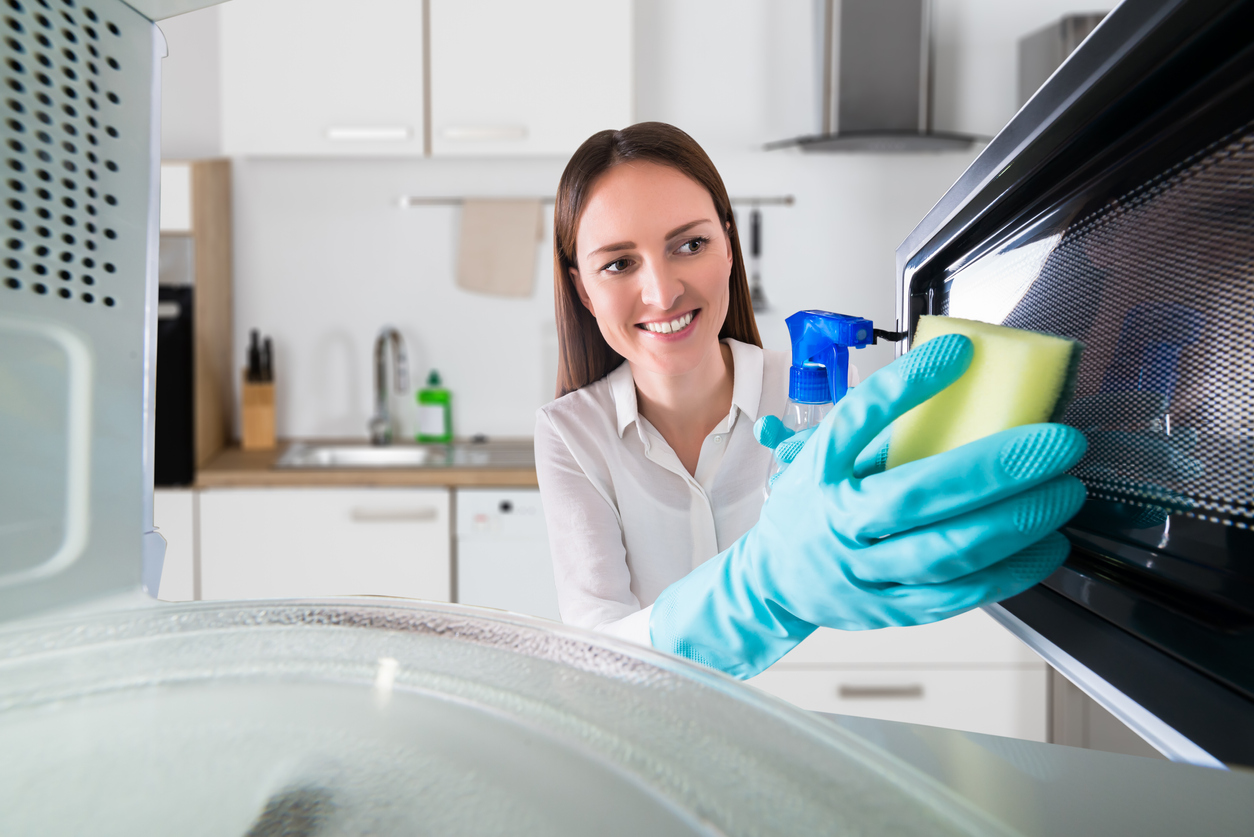
Splattering pasta sauces, overflowing cups of tea, frozen pizza remnants—all can be a bane to your microwave. While we often put off cleaning these spills, doing so is a surefire way to shorten a microwave’s life. That’s because any remaining food particles continue to absorb energy every time you use the microwave, eventually burning onto the microwave’s interior.
Leftover particles also force your microwave to work harder to heat the food you’re actually trying to cook. Preserve your microwave and wipe up fresh spills with a damp sponge and a little dish soap.
Sediment is your water heater’s enemy.
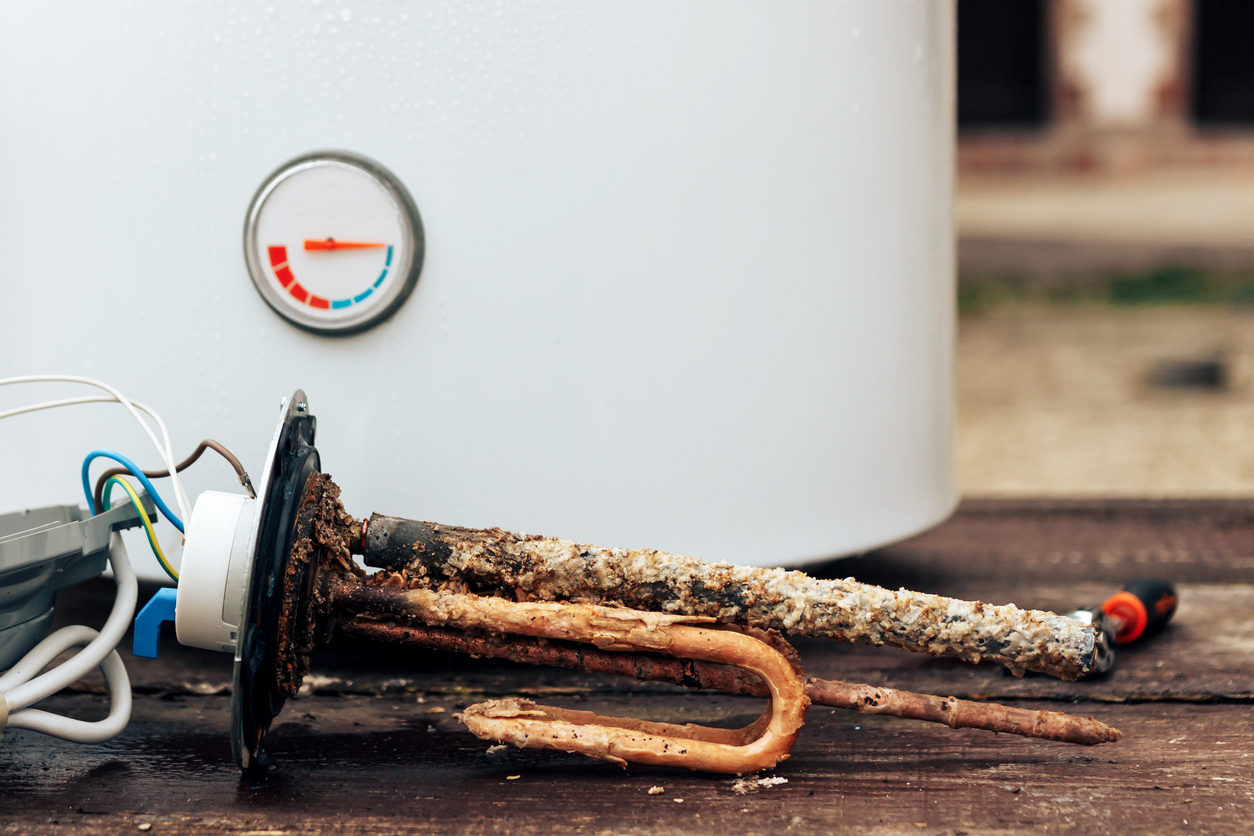
It may be out of sight and hence out of mind in the basement, attic, or crawlspace, but you’ll certainly know it when the water heater stops working. To save yourself the shock of an unexpected polar plunge mid-shower, flush your water heater every 4 months and clean it once a year to prevent sediment—a water heater’s arch enemy—from building up inside the tank and shortening its life. Also, make sure to replace the water heater’s anode rod, which collects sediment so it doesn’t accumulate, every 2 to 5 years.
RELATED: Solved! This is How Long a Water Heater Actually Lasts
Follow the 3-month filter rule for your AC.

Ignore the needs of your air conditioning unit and it might just leave you to wilt in a midsummer heat wave. While having your central AC serviced by a pro once a year is a good idea, there are other things you should be doing.
Changing your HVAC system’s air filters every 3 months is crucial. Clogged filters force the air conditioning unit’s compressor to work harder to cool the home, taking years off its life. You should also make sure the area around your AC unit is free of vegetation, so the fan can keep the appliance cool.
Demineralize your coffee maker.

If that stream from the coffee maker has become a trickle or barely a drip, chances are its parts are becoming clogged. Over time, minerals from hard water create scaling that clogs the coffee maker.
Clear that scaling away by pouring full strength vinegar into the reservoir. Turn on the coffee maker and allow it to run through a full cycle. When it’s done, fill it with water and run the cycle again to flush the vinegar. If you have very hard water, consider investing in a whole home water softener.
Improve the flow to get the most out of your air purifier.

There are a couple of things you can do to ensure your air purifier keeps doing an effective job of removing dust, pollen, and bacteria from the air. Most air purifiers have an air intake and air outlet. Blocking either makes it harder for air to circulate through the purifier, forcing it to work harder to purify the air. For the same reason, make sure to replace the air filter regularly. Running the air purifier with a clogged filter will limit the amount of air it can purify while putting more strain on it.
Try a robot vacuum.

A robot vacuum relieves you of vacuuming duties, but only if you make sure it stays in good working order. The battery is typically the first thing to go in a robot vacuum. Preserve the battery for as long as possible by remembering to plug the vacuum into its charger after each use (leaving the battery partially charged for a long period can damage it).
Robot vacuums don’t have large bags like a normal vacuum cleaner, so it’s also crucial to empty the vacuum cleaners bin after each use to prevent it from getting clogged. Other regular maintenance includes regularly cleaning the filter and removing debris from the brushes.
